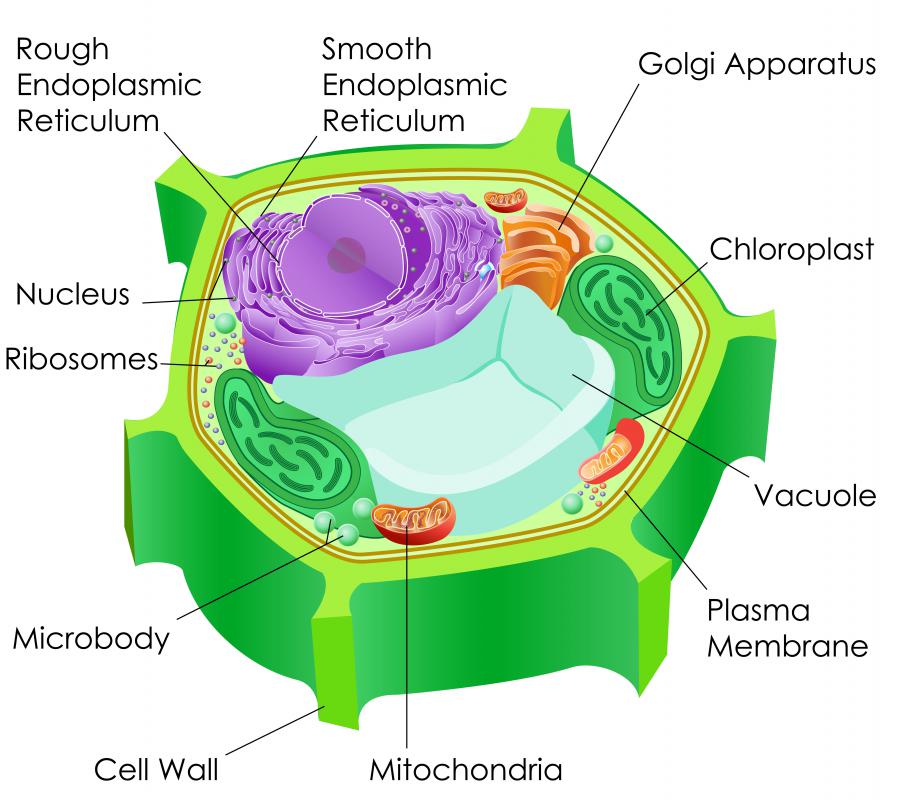At WiseGEEK, we're committed to delivering accurate, trustworthy information. Our expert-authored content is rigorously fact-checked and sourced from credible authorities. Discover how we uphold the highest standards in providing you with reliable knowledge.
In Chemistry, What Is a Bivalent?
In chemistry, bivalent is an older term for divalent, meaning an atom or ion with a valence of two. Valence refers to the number of covalent bonds that the atom or ion can form with other atoms. Covalent bonds are formed through the sharing of electrons in the outermost valence shell or orbit of an atom, so a bivalent atom or ion has, by definition, two valence electrons with which to form bonds. Bivalent anions and cations — ions with negative and positive charges, respectively — are important in many biological systems, including human metabolism.
Electrons can be visualized as orbiting the nucleus of an atom in a series of shells, each of which can only hold a certain number of electrons before it is filled. The shells closer to the nucleus are filled first. When atoms react with one another, they have the tendency to bond in such a way as to fill their outermost, or valence, shell of electrons. In almost every case, a full valence shell consists of eight electrons — the same valence configuration as elements in the noble gas family, the last vertical column on the periodic table of elements. The tendency for atoms to gain or lose electrons from other atoms to reach this stable valence octet is known as the octet rule.

Bivalent elements have two valence electrons, so the easiest way for them to achieve a full octet valence shell is to lose those two outer electrons, leaving the shell underneath filled instead. For example, when magnesium, which has two valence electrons, bonds with oxygen, which has six valence electrons, the oxygen atom gains the two electrons from magnesium to fill its octet. This forms the compound MgO, magnesium oxide.

In the periodic table, chemical elements with the same valence electron configuration are displayed in the same group, or vertical column. Members of each group tend to chemically react in a similar way due to their common number of valence electrons. Elements with two valence electrons are found in Group 2 and include beryllium, magnesium, calcium, strontium, and barium. Some transition metals, such as iron and manganese, can also exist in this form.
Bivalent ions are often important in chemistry as well. When an atom loses its two valence electrons but does not covalently bond, it becomes a positively charged ion, or cation. Similarly, an atom that gains electrons from its neutral state is said to be an anion. For example, sulfide, a bivalent anion, has a negative charge of two — it has two more electrons than protons. Magnesium and calcium, which commonly form bivalent cations, each have a positive charge of two.
Calcium and magnesium cations are often found in hard water, water with a high mineral content. They also play a major role in biological processes. Calcium cations, for example, bond to proteins in cells and act as messengers in signal transduction — in other words, they stimulate events within the cell. They are also crucial as a structural component of plant cell walls and in activating muscle contraction in animals.
AS FEATURED ON:
AS FEATURED ON:












Discuss this Article
Post your comments